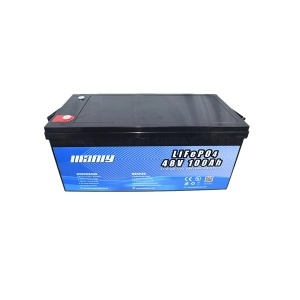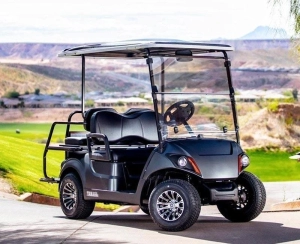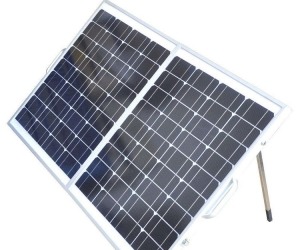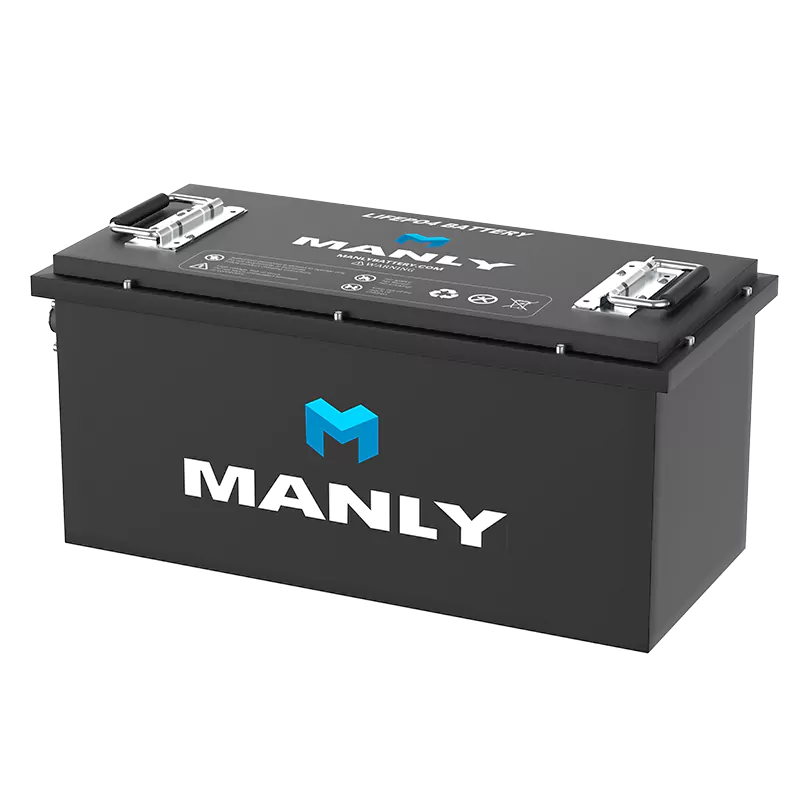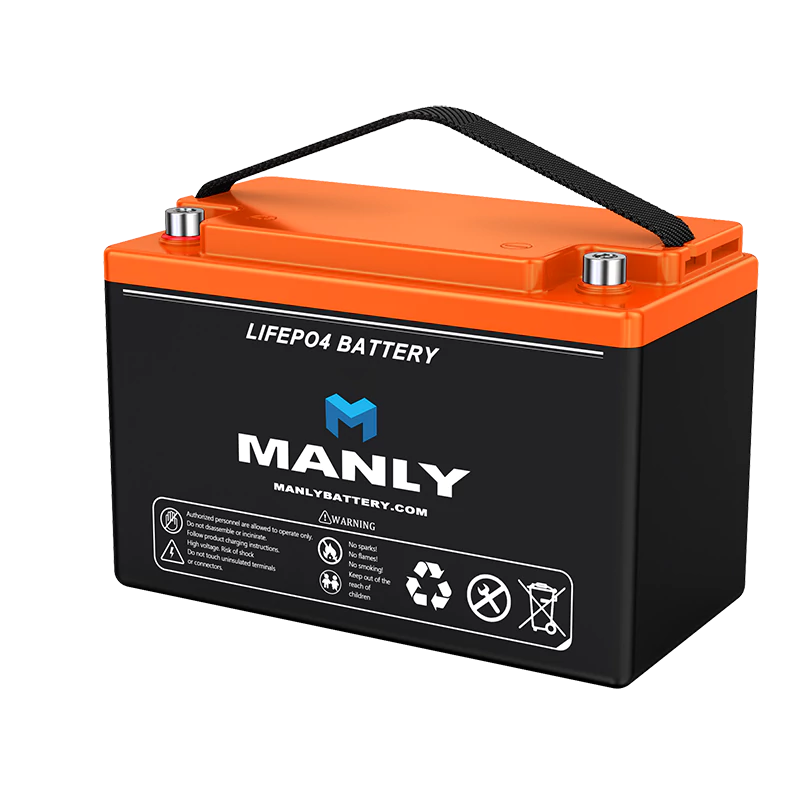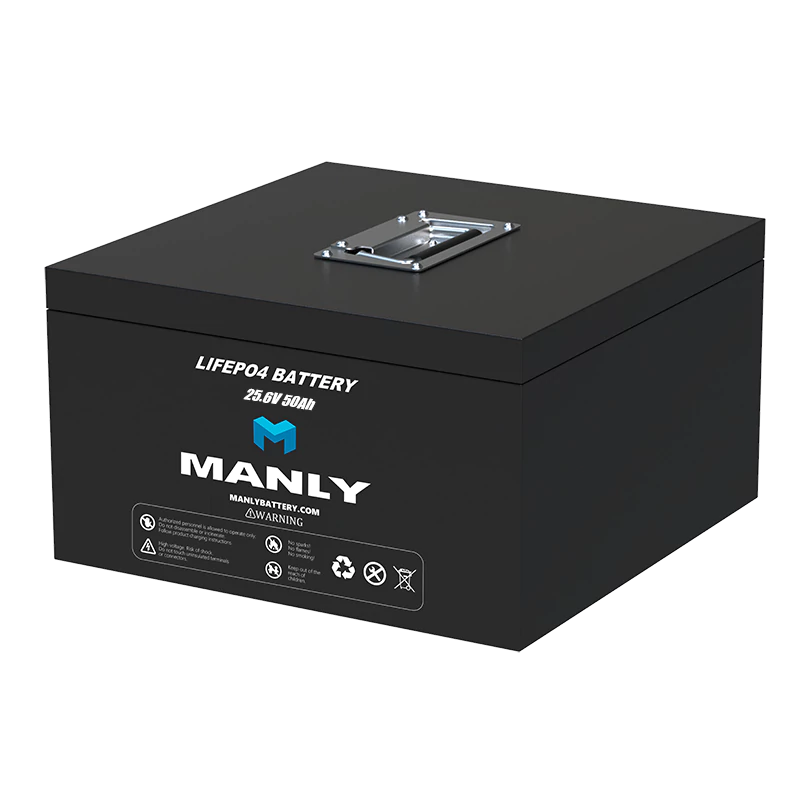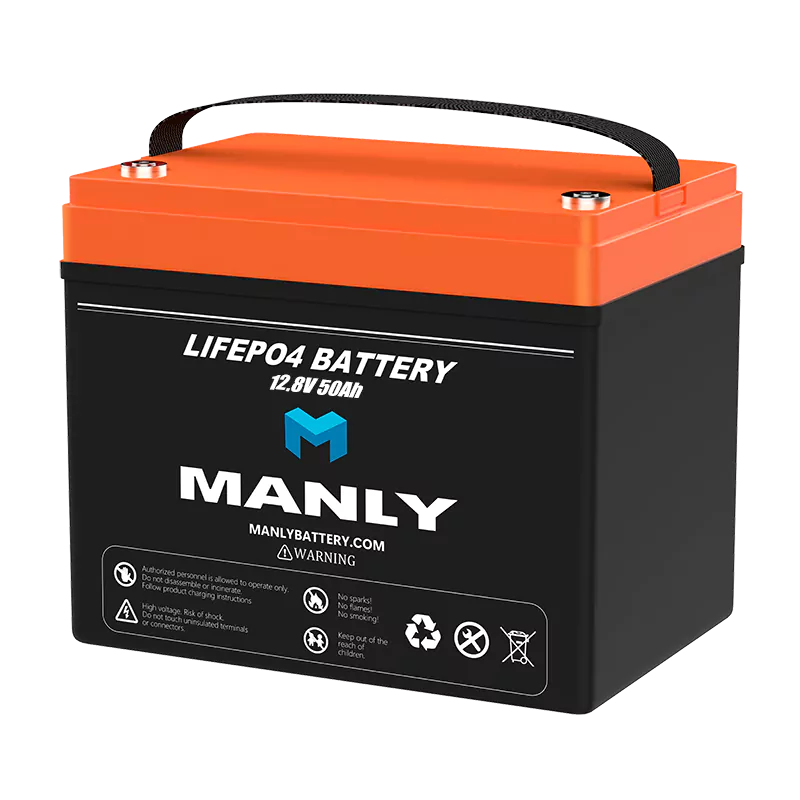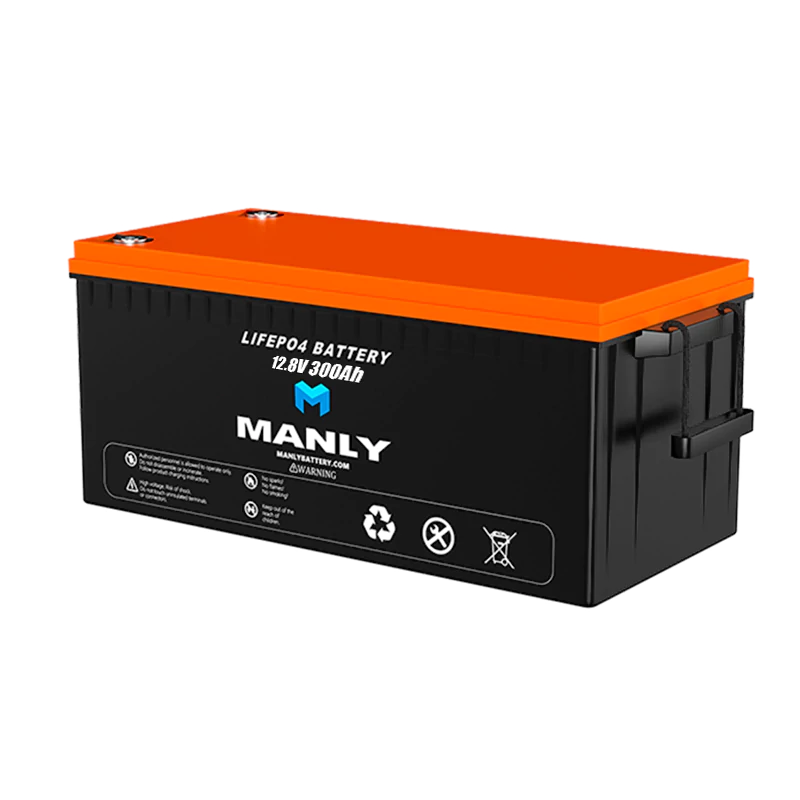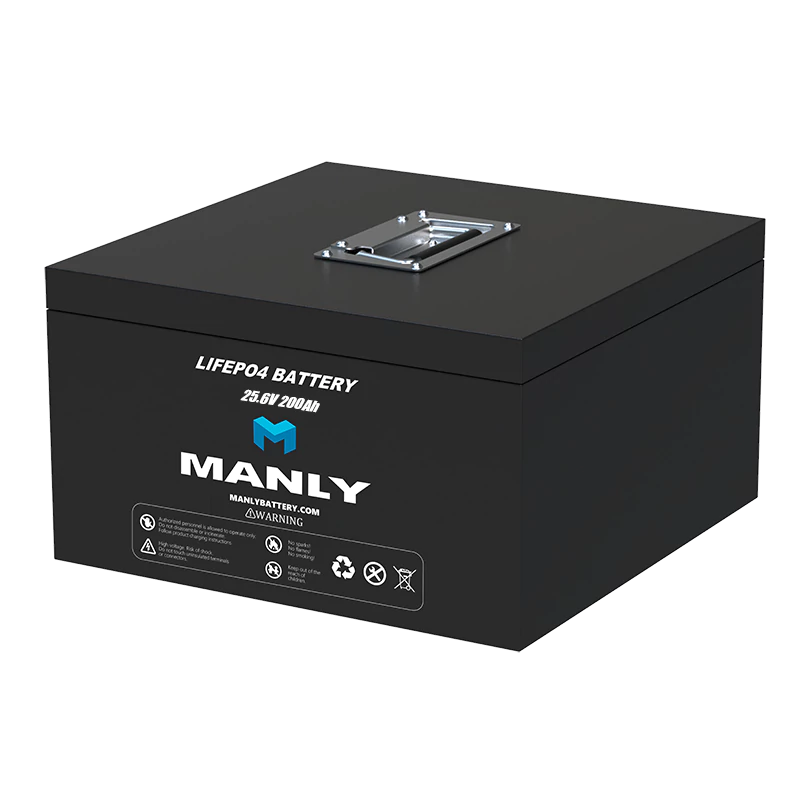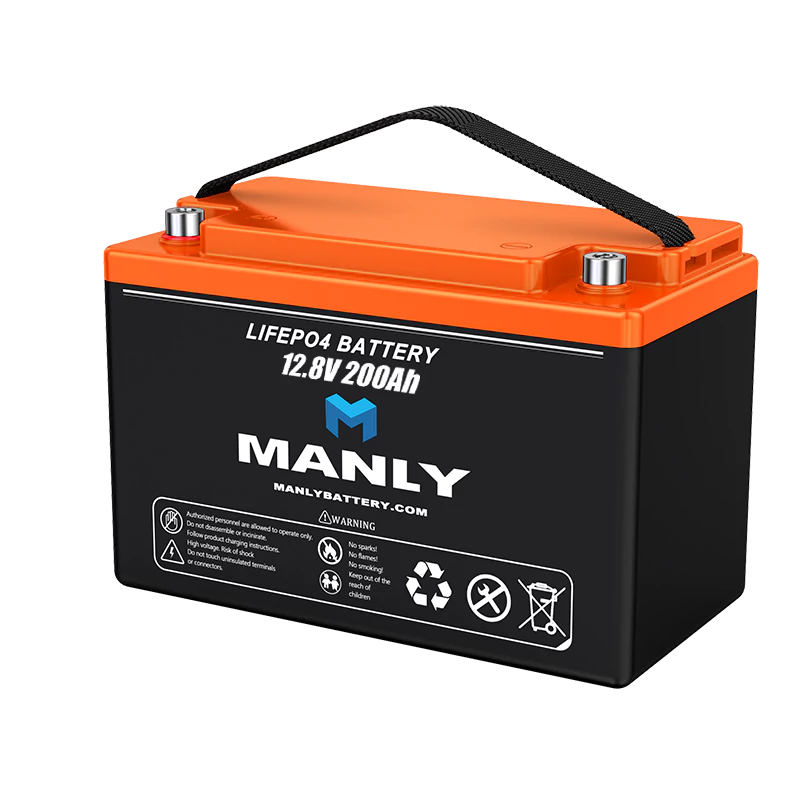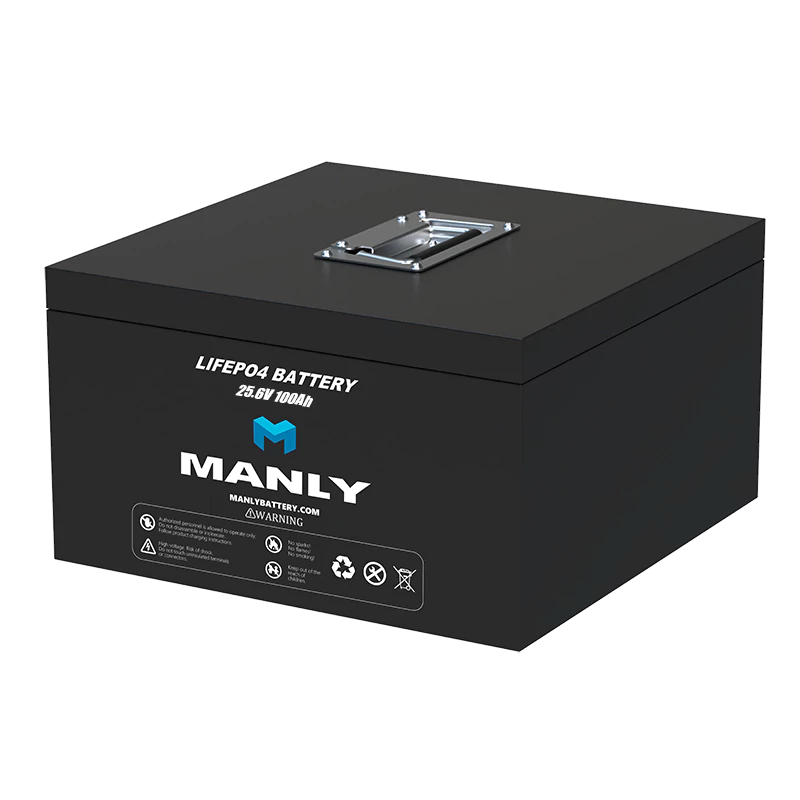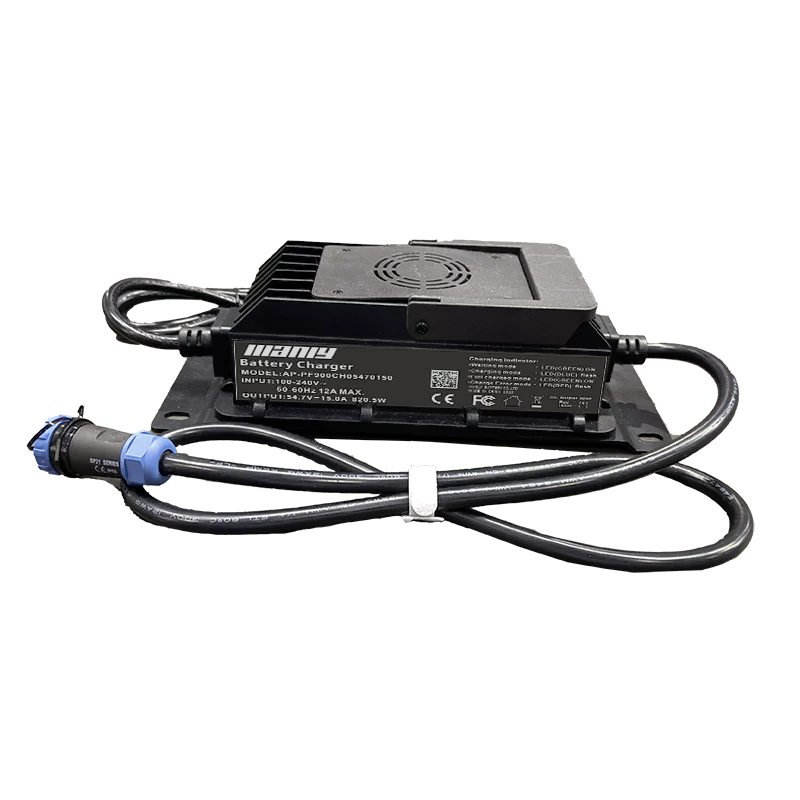2024 Key Insights on Your Boat Windlass and Its Power
Table of Contents
- 2024 Key Insights on Your Boat Windlass and Its Power
- What is a Boat Windlass?
- Different Windlass Types
- How Does a Boat Windlass Operate?
- What Size Windlass Do You Need?
- How Many Amps do Boat Windlasses Draw?
- Where On a Boat are Windlass Breakers Found?
- Do Boat Windlasses Need Their Own Battery?
- Should You Power a Windlass with Lithium Batteries?
- What is the Best Way to Power Your Boat Windlass?
- Learn More About Battery
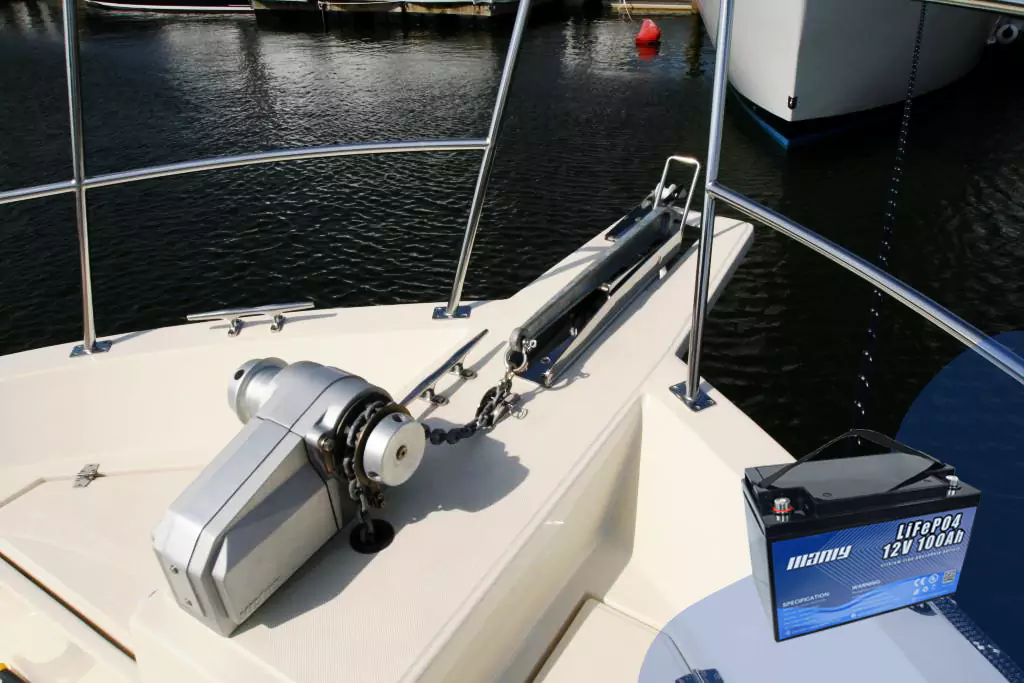
What is a Boat Windlass?
It may have an unusual name, but a windlass on a boat is a hugely important piece of equipment that must be cared for and properly maintained.When you drop anchor, you want the process to be as simple and straightforward as possible. This is where the windlass proves so effective. A boat’s windlass is basically a large mechanical winch on a boat that is designed specifically to help boats drop and raise anchor as quickly and effortlessly as possible, in the safest possible manner.The windlass is typically found on a boat’s foredeck and is powered by an electric motor or a crank. If it is powered by an electric motor, it will be known as an electric windlass, whereas if a crank is used, it is a manual windlass.While there’s a lot of physicals and mechanics involved, put very simply, the boat windlass will securely grasp onto the anchor line in order to pull it up and out of the water.Different Windlass Types
If you are thinking of getting into boating, understanding not only what a windlass is, but also the different types, is very important.Typically, there are two different types of boat windlass, these are:- Vertical capstan
- Horizontal windlass

